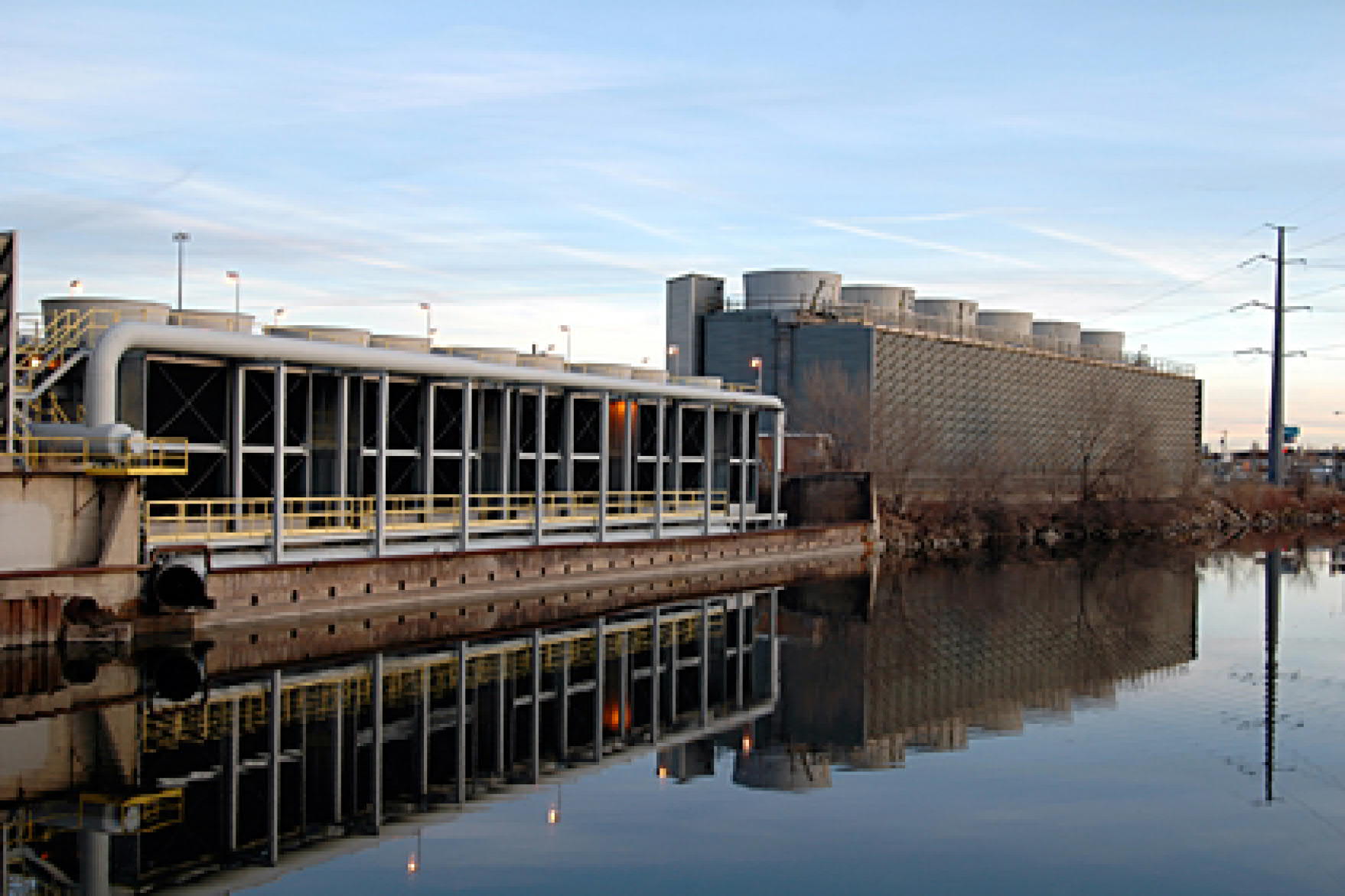Niagara Blower

Client:
Niagara Blower
Location:
Tonawanda, NY
Services Provided:
Remedial Actions
Work Plan
Soil Boring Installation
Environmental Screening
Sampling and Data Analysis
Contamination Assessment
Final Report Preparation
Phase II Environmental Site Investigation
CORE completed a Phase II Site Investigation for the property located at 91 Sawyer Avenue, Tonawanda, NY located in close proximity to the Niagara River. The purpose was to investigate Recognized Environmental Conditions (REC’s) identified in the Draft Phase I Environmental Assessment (ESA) completed by others. The RECs identified in the Phase I ESA were:
- Previous soil samples collected on site revealed “low level detections” of polychlorinated biphenyls (PCBs).
- The use of the property when it was occupied by Buffalo Pipe and Foundry Corporation and Niagara Transformer may have resulted in site impacts.
- Since the property is located in a heavily industrialized area of the Town of Tonawanda, there is the potential for environmental impacts from off-site sources beneath the subject property.